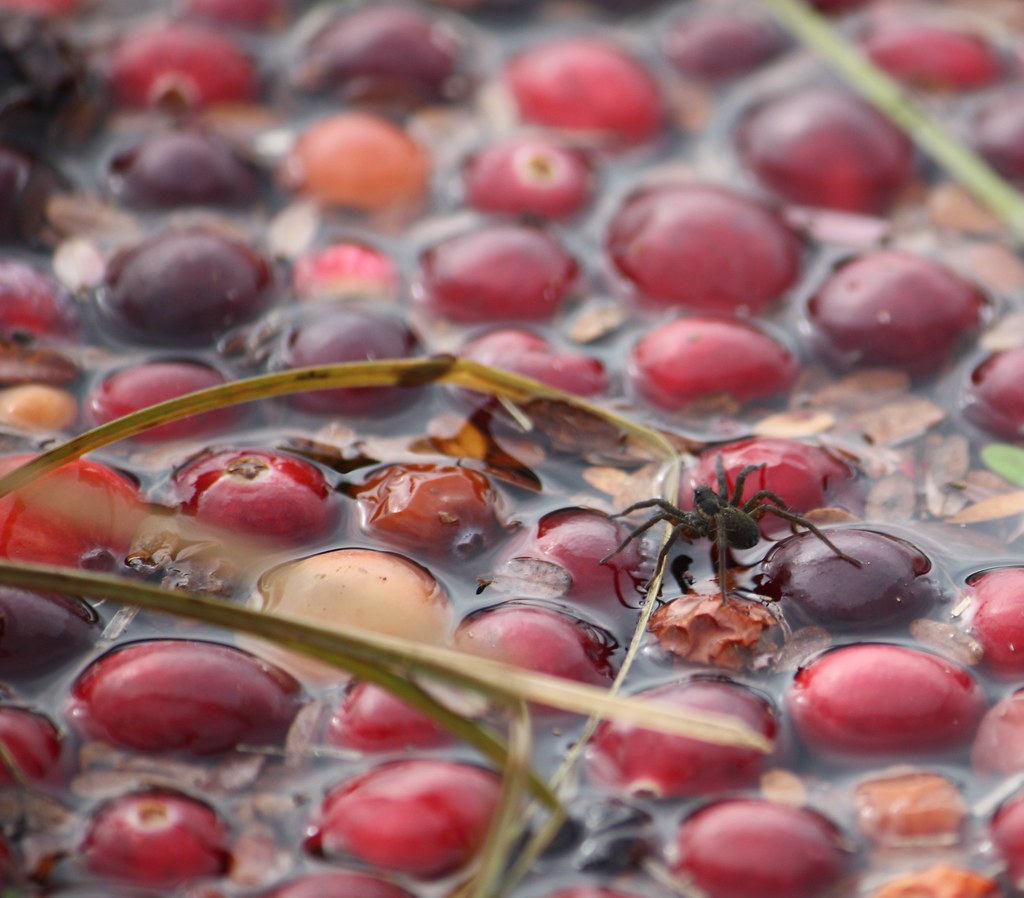Cranberry field spiders are fascinating creatures that play a significant role in the ecosystem, particularly in agricultural settings such as cranberry farms. These spiders contribute to controlling pest populations and maintaining a balanced environment. In this article, we will delve into the world of cranberry field spiders, exploring their biology, behavior, ecological importance, and how they can affect cranberry farming practices.
Join us as we uncover the intricacies of cranberry field spiders in this comprehensive guide, filled with expert insights, scientific data, and practical advice for those involved in cranberry cultivation.
Table of Contents
- Biography of Cranberry Field Spiders
- Common Species of Cranberry Field Spiders
- Biology and Behavior
- Ecological Role of Cranberry Field Spiders
- Pest Control Benefits
- Impact on Cranberry Farming
- Conservation and Management
- Conclusion
Biography of Cranberry Field Spiders
Cranberry field spiders belong to a variety of families and species, each adapted to the unique conditions of cranberry bogs. These spiders are primarily found in North America, where cranberry cultivation is prevalent. They thrive in wetland environments, utilizing the dense vegetation for shelter and hunting grounds. Understanding their biology is essential for appreciating their ecological contributions.
Personal Data and Biodata
| Common Name | Cranberry Field Spiders |
|---|---|
| Habitat | Cranberry bogs and wetlands |
| Distribution | North America |
| Diet | Insects and other small arthropods |
| Ecological Role | Pest control and pollination |
Common Species of Cranberry Field Spiders
There are several species of spiders commonly found in cranberry fields, each exhibiting unique characteristics. Understanding the diversity of these species is vital for appreciating their roles in the ecosystem.
- Araneidae Family: This family includes orb-weaving spiders that create intricate webs for capturing prey.
- Lycosidae Family: Known as wolf spiders, these agile hunters do not spin webs but actively hunt their prey.
- Thomisidae Family: Crab spiders are often found resting on flowers and ambush their prey.
Biology and Behavior
The biology of cranberry field spiders is adapted to their specific environments. These spiders exhibit various reproductive strategies, feeding habits, and survival tactics.
Life Cycle
The life cycle of cranberry field spiders typically consists of four stages: egg, juvenile, subadult, and adult. Each stage presents unique challenges and opportunities for survival.
Feeding Habits
Cranberry field spiders primarily feed on insects, helping to maintain a balance in the ecosystem. Their hunting strategies vary by species, with some constructing webs while others actively pursue their prey.
Ecological Role of Cranberry Field Spiders
Cranberry field spiders play a crucial role in maintaining ecological balance. Their presence contributes to pest management and supports biodiversity.
Some key ecological roles include:
- Pest Control: By preying on harmful insects, these spiders help protect cranberry crops from infestations.
- Biodiversity Support: Spiders are part of the food web, serving as prey for larger animals.
- Soil Health: Through their natural behaviors, spiders contribute to soil aeration and nutrient cycling.
Pest Control Benefits
The natural pest control provided by cranberry field spiders is invaluable for farmers. By keeping pest populations in check, these spiders reduce the need for chemical pesticides, promoting healthier crops and environments.
Research has shown that:
- Spider populations can significantly reduce the numbers of agricultural pests.
- Farmers who encourage spider habitats see improved crop yields.
- Natural pest control methods contribute to sustainable farming practices.
Impact on Cranberry Farming
Cranberry farming practices can be influenced by the presence of field spiders. Understanding their role can lead to more sustainable agricultural methods.
Farmers can implement practices such as:
- Minimizing pesticide use to protect spider populations.
- Creating habitats that support spider life cycles.
- Monitoring spider populations as indicators of ecosystem health.
Conservation and Management
Conserving cranberry field spider populations is essential for maintaining ecological balance. Sustainable farming practices and habitat preservation can support these vital species.
Effective conservation strategies include:
- Implementing integrated pest management (IPM) practices.
- Educating farmers about the importance of spiders in pest control.
- Monitoring spider population health and diversity.
Conclusion
In summary, cranberry field spiders are essential to the health of cranberry ecosystems and sustainable farming practices. Understanding their biology, behavior, and ecological roles can help farmers make informed decisions that benefit both their crops and the environment.
We encourage readers to explore more about the significance of cranberry field spiders and consider their importance in agricultural ecosystems. If you have any thoughts or experiences to share, please leave a comment below!
Thank you for reading, and we look forward to seeing you back on our site for more insightful articles.
Understanding Omni-Man: The Complex Character Of Invincible
Exploring The Life And Career Of Hayley Kiyoko: The Rising Star
The Pinky Urge: A Comprehensive Guide To Understanding Its Impact On Modern Culture


